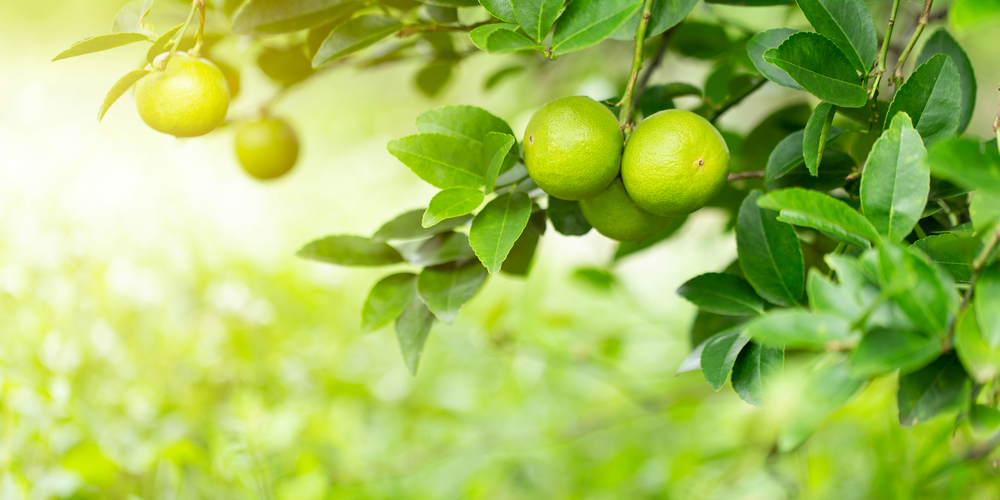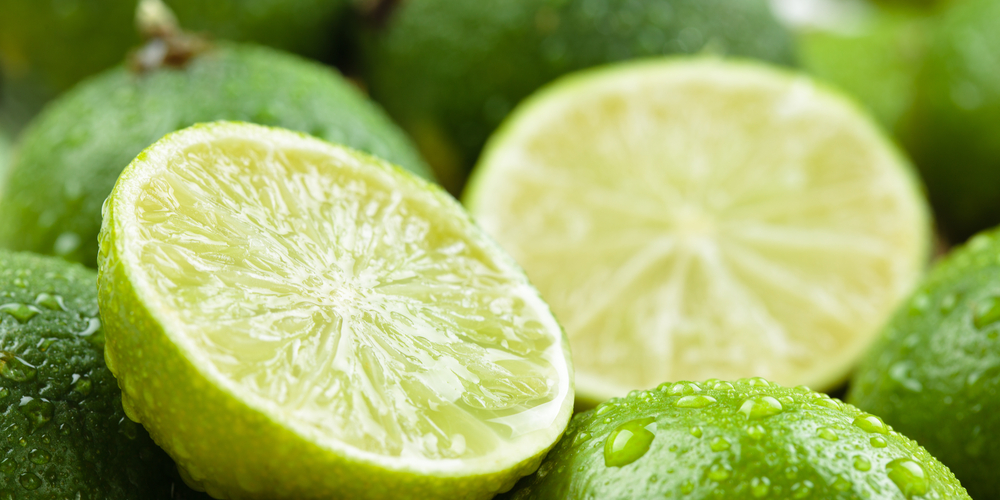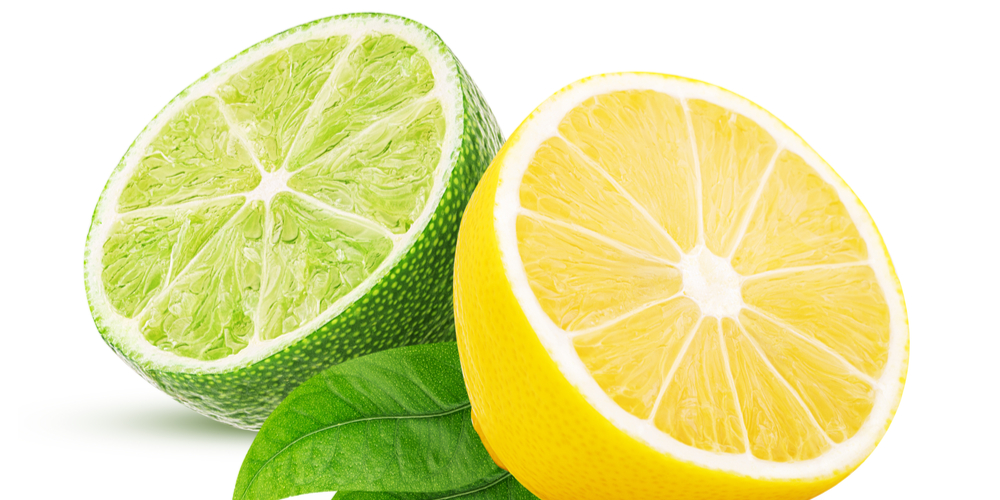Lime trees have characteristics that seem to defy the laws of nature. Their delicate appearance, where its leaves tremble in the slightest breeze and fruits that drop at the first sign of rot, belie the strength of the tree. These trees are tough – and can withstand hurricanes, downpours, and droughts.
But aside from their sturdy nature, lime trees, along with other citrus trees, also has this unique characteristic that protects them from animals – it has thorns. It turns out these trees aren’t delicate at all. Instead, behind the fragrant flowers and sweet fruits are sharp thorns that can cause a painful injury.
Do All Lime Trees Have Thorns?
The majority of lime trees have thorns – unless they are a hybrid or a cultivar that has been specifically bred to be thornless. Interestingly, lime trees use these thorns to discourage nibblers from munching on their tender leaves or fruits. So if you see your lime trees growing thorns, this isn’t something to worry about. In fact, it’s normal, and it’s the young tree’s natural way of keeping hungry animals at bay.
In some cases, these thorns would disappear as soon as the tree matures.
Are All Thorns on Lime Trees the Same?
No, not all thorns on lime trees are the same. The size, shape, and location of the thorns would depend on the type of lime tree. For example, some varieties have thorns found mainly on the trunk, while others have thorns that are more evenly distributed throughout the branches.
Some lime trees also have bigger thorns compared to others. The size of the thorn can range from being as small as a needle to being as big as a finger. And in some cases, these thorns can be quite sharp and dangerous.
Don’t underestimate these thorns, though. They can prick you quite easily and cause a painful wound. Although they’re not toxic, they can become infected if not treated properly. So, if you do get pricked by a thorn, make sure to wash the wound with soap and water as soon as possible.
Lime Trees with Thorns and Their Characteristics
It’s easy to identify a lime tree by its unique shape and size. While some hybrid cultivars and commercially grown lime trees are thornless, the wild varieties have thorns. The thorns on a lime tree can be up to four inches long and are sharp enough to puncture the skin.
Lime trees with thorns are found in tropical and sub-tropical regions around the world. They grow best in warm climates with plenty of sunshine and rainfall.
Here are some of the most famous lime trees with thorns:
Kaffir Limes
Kaffir lime trees are native to Southeast Asia and are one of the most popular lime trees in the world. Hardy in USDA zones 9 – 11, these lime trees have strong spines that are about 1.5 inches long. You’ll often see these spines protruding from beneath the leaves.
Key Limes
Key limes are a variety of lime native to the West Indies. These limes are smaller and more acidic than the common lime. Also, unlike kaffir limes, their thorns are smaller, about 0.5 inches long, with some branches missing thorns altogether.
Tahitian Limes
Also referred to as the Personal lime, these limes are smaller than the common lime and have a more oval shape. Their thorns are shorter, about 0.25 inches long, with some branches having no thorns at all.
Mexican Limes
Mexican limes’ pungent and sour smell makes them perfect for making margaritas. These limes have thorns about 0.75 inches long and are found mostly on the branches. Although small, its thorns are sharp and can easily puncture the skin.
When and How to Harvest Thorny Lime Trees
Safety is always the top priority when harvesting thorny lime trees. Unfortunately, while we know that these thorns are there to protect the tree from predators, they can also cause serious injuries to us humans.
While it’s easy to avoid getting pricked when the lime tree is still young, it becomes more difficult to avoid as the tree grows taller.
Here are some tips on how to safely harvest thorny lime trees:
Wear Gloves
This is a no-brainer. Wearing gloves will protect your hands from getting punctured by its thorns. You should also wear long sleeves and pants to protect your arms and legs.
Use a Ladder
If the lime tree is too tall for you to reach, then use a ladder. But be careful when climbing up and down the ladder, as one wrong move can cause you to fall and get injured.
Use a Pole Pruner
Pole pruners are long-handled tools that can help you reach the lime fruits without having to put yourself in danger. This will help you cut the lime branches easily without having to get too close to the tree.
Pick the Right Time
The best time to harvest thorny lime trees is when the fruits are ripe. This usually happens in late summer or early fall. However, if you’re not in a hurry, you can wait for the fruits to turn yellow and fall from the tree on their own. This allows you to harvest limes without having to deal with the thorns.
Do Lime Trees Have Thorns: Final Thoughts
Lime trees are a popular choice for many homeowners because of their juicy fruits and attractive foliage. But what many people don’t realize is that some lime trees have sharp thorns that can cause serious injuries.
While the thorns on these lime trees are there to protect them from predators, taking safety precautions is still a must when harvesting them. Wearing gloves and long sleeves, using a ladder or pole pruner, and picking the right time to harvest are all important steps to take.


